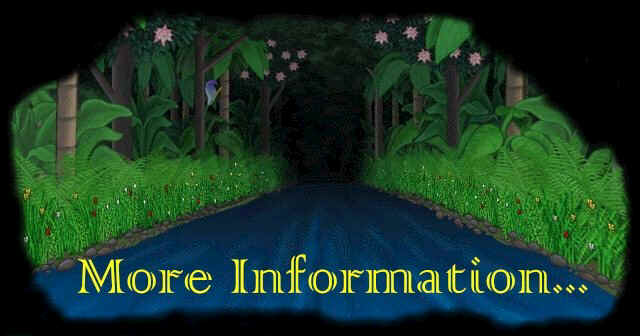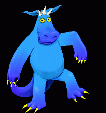
For more information on the KidsRoom project, please read the following technical reports and publications.
KidsRoom Overview
A description of the KidsRoom, the technology that makes it work, and a discussion of the interesting problems that we encountered.
Aaron Bobick, Stephen Intille, Jim Davis, Freedom Baird, Claudio Pinhanez, Lee Campbell, Yuri Ivanov, Arjan Schütte, Andy Wilson. "The KidsRoom: A Perceptually-Based Interactive and Immersive Story Environment," , November 1996. (Appears in PRESENCE: Teleoperators and Virtual Environments, 8(4), August 1999. pp. 367-391.)
A Media Laboratory Sponsor publication with some nice pictures.
"The KidsRoom," Frames. January, 1997. The MIT Media Laboratory. 20 Ames Street. Cambridge, MA 02139.
Action Recognition
These technical papers describe the real-time computer vision action recognition technique that is used by the KidsRoom to detect actions like crouching and spinning. The papers describe the method and how it can be used to recognize aerobic moves from video data.
James W. Davis and Aaron F. Bobick, "The Representation and Recognition of Action Using Temporal Templates," MIT Media Lab Perceptual Computing Group Technical Report #402, November 1996. Submitted to: IEEE Conference on Computer Vision and Pattern Recognition (CVPR'97).
James W. Davis, "Appearance-Based Motion Recognition of Human Actions," MIT Media Lab M.S. Thesis, MIT Media Lab Perceptual Computing Group Technical Report #387, 1996.
Aaron F. Bobick and James W. Davis, "Real-time Recognition of Activity Using Temporal Templates," Workshop on Applications of Computer Vision, December, 1996.
Aaron F. Bobick, "Computers Seeing Action," British Machine Vision Conference, Edinburgh, Scotland, September, 1996.
Aaron F. Bobick and James W. Davis, "An Appearance-based Representation of Action," International Conference on Pattern Recognition, 1996.Object Tracking
These technical papers describe the computer vision tracking method used by the KidsRoom to monitor the locations of every person in the room. One off-line version of the tracker has been used to track football players in video of a football game.
Stephen S. Intille, James W. Davis, and Aaron F. Bobick, "Real-Time Closed-World Tracking," MIT Media Lab Perceptual Computing Group Technical Report #403, November 1996. Submitted to: IEEE Conference on Computer Vision and Pattern Recognition (CVPR'97).
Stephen S. Intille and Aaron F. Bobick, "Closed-World Tracking," International Conference on Computer Vision, Cambridge, MA, 1995.The Future
The KidsRoom inspired a new interactive playspace for children that is being constructed by Media Lab spinoff NearLife and will be one exhibit in the Millenium Dome.
For additional
information, please contact:
kidsroom@media.mit.edu
E15-384
20 Ames Street
Cambridge, MA 02115
Fax: 617-253-8874
